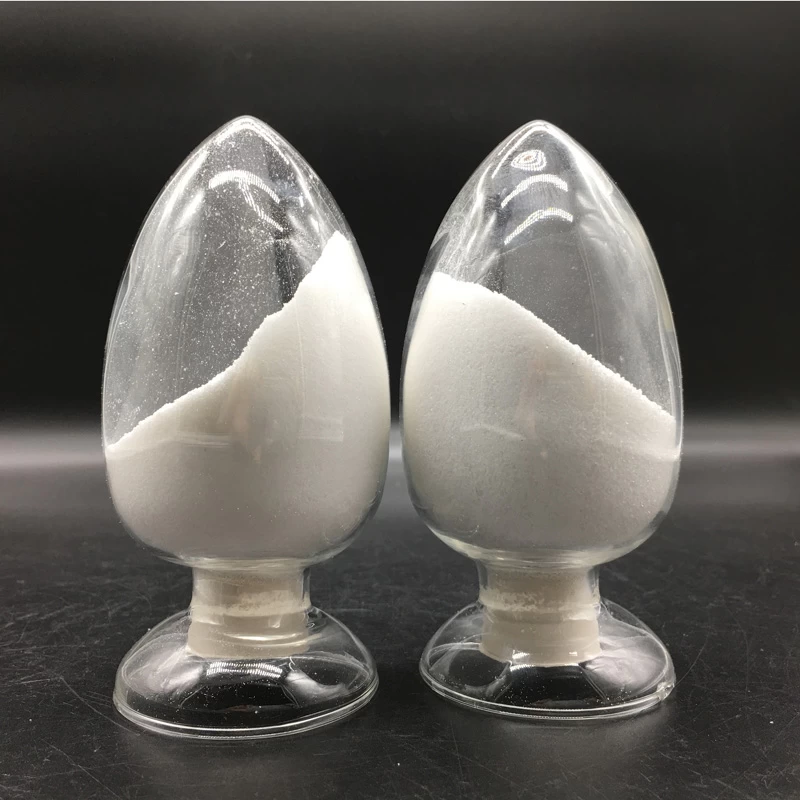Polyacrylamide for urban sewage treatment
PAM flocculants used in domestic sewage treatment plants have the following advantages:
The amount is small, the efficiency is high, the treatment capacity is high, the amount of sludge generated is small, and post-treatment is convenient. Better results may be obtained when used in combination with an inorganic coagulant. Characteristics of Polyacrylamide for Domestic Sewage If the process body employs a biochemical method, that is, excessive sludge dewatering (which may contain some of the primary sediments), only cationic PAM is required as the sludge dewatering agent. is. The process body employs physical and chemical methods such as first level strengthening, loading magnetic separation, and other processes, usually first adding a conditioning PAC and then an anion flocculant. Then add a cation flocculant for dehydration. The specific dose depends on the quality of the sewage. There are many sewage treatment plants where inorganic coagulants such as PAC can be directly added to sludge dewatering, and it is widely used especially in plate and frame filter presses in electronic factories and small-scale sewage treatment plants.


 E-mail:info@welldonechina.com
E-mail:info@welldonechina.com +86-17664031716
+86-17664031716





-for-drilling-muds.png.webp)





